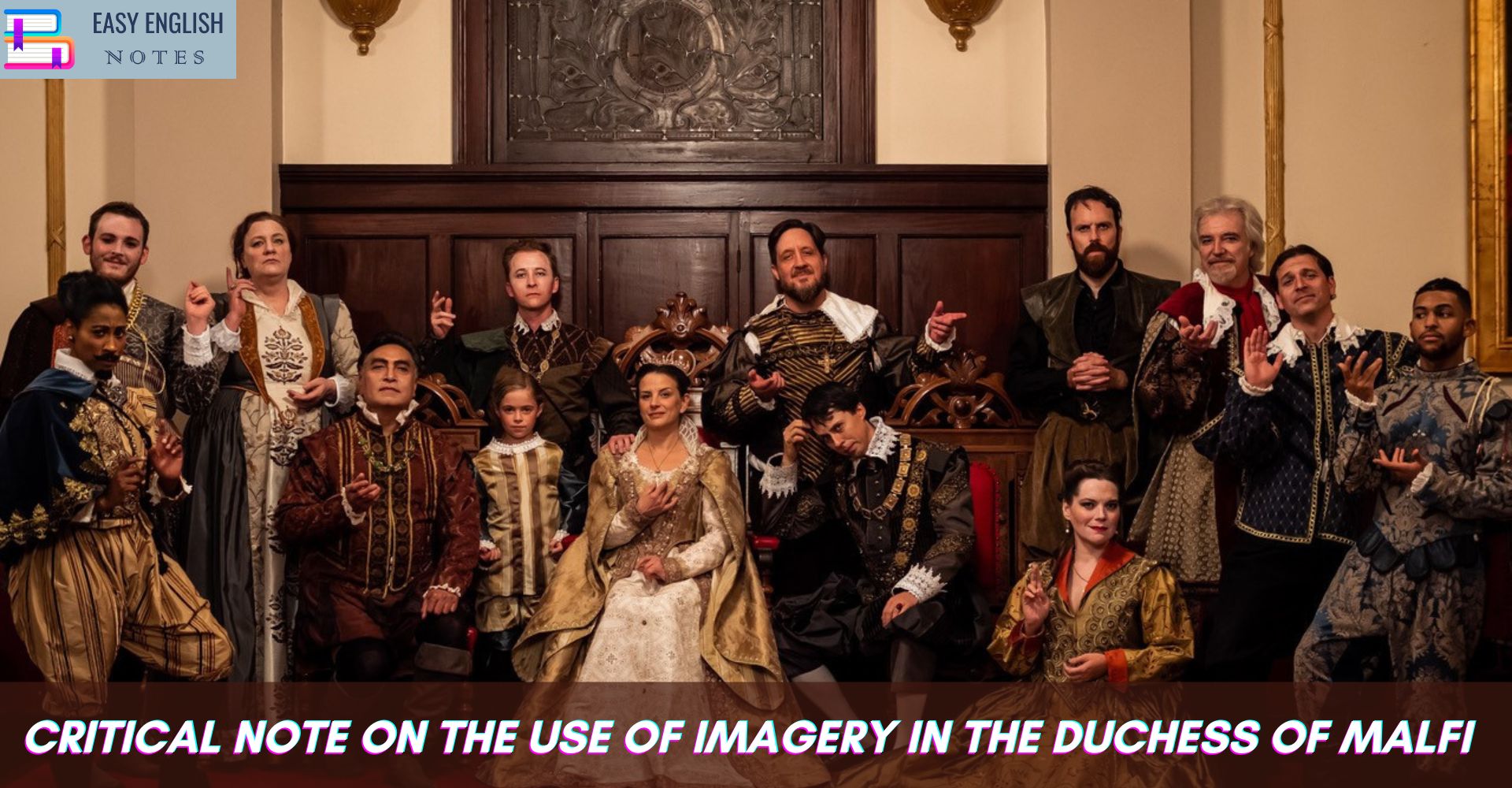Webster is wise and man of deep experiences. He uses phrases, good sayings and imageries when he is in high sentiments, emotions and sensibilities. Like Shakespeare he also says good sayings.
Webster’s imaginative and deep comments, often satirical, on kingliness and the fate of princess upon statecraft and the nature of nobility, upon adversity and virtue, upon women, upon policy, and upon a hundred other aspects of man and his life. Webster’s satire is wide-ranging. His comments make it quite clear that it is the virtue of resolution which he admires most of all. It does not matter whether a character is good or evil, what matters is that he must ever remain true to himself. For him, as Delio tells us at the end of the Duchess, “Integrity of life is fame’s best friend.”
The world of Webster’s tragedies is one of unrelieved gloom. We do not get in him that dramatic relief in the form of the jests and quibbles of the Fool which is such a marked feature of Shakespearean tragedy. However, there are variations of mood and emotion which constitute a sort of dramatic relief Says Una-Fermor. “In Webster’s plays, the elasticity of the emotions is preserved by variations of mood, tempo and force. Again and again, after a tempest of rage, the rushing together of two whirlwinds, there is a sudden pause; the speech that follows seems barely audible by contrast with the thundering passions that have passed, but it falls into the silence with incalculable pathos, solemnity or awe. Sometimes this is no more than a line, a half-line even, as where Ferdinand, looking on his dead sister, perceives her truly for the first time since his rage possessed in, or where later on, in the madness that the realization brings, he moves unnoticing through the crowd of courtiers, his mind turned inward upon the thought “Strangling’s very quiet death”. The quiet echo-scene just before the final catastrophe serves a similar purpose.
Also Read :
- Compare Hamlet with Macbeth, Othello and other Tragedies
- A Short Note On The Use Of Imagery In Shakespeare’s Sonnets
- Prologue to Canterbury Tales – (Short Ques & Ans)
The only contemporary of Webster who makes such subtle use of contrasts is Shakespeare. He also in tragedy gives these intervals of gentle, low-toned speech in the midst of tempest, he alone can at once suspend and emphasize the tragic tension by the half-heard murmurs of a mind moving absorbed upon the path of self-discovery that may lead to madness. “I did her wrong’, says Lear in the midst of the Fool’s ‘babble when the gates of the castle have been closed against him. Ferdinand echoes it; ‘She died young’.”
Side by side with this varying of emotional mood and tempo, intimately akin to it, in fact, is the imaginative relief of the poetic imagery, the momentary escape into the world called up by the images, a world like that in which the events and characters move, but, by its very wealth of imaginative concentration, less actual-a hidden country which, though full of macabre and hideous, sometimes obscene, forms, is yet a land of escape, into which we wander, are absorbed for a moment, immersed in its fantasy, and from which we return, as from a dream, to the hurry and clash of events. This world of imagery, different from the world of thought and reflection.
PLEASE HELP ME TO REACH 1000 SUBSCRIBER ON MY COOKING YT CHANNEL (CLICK HERE)











